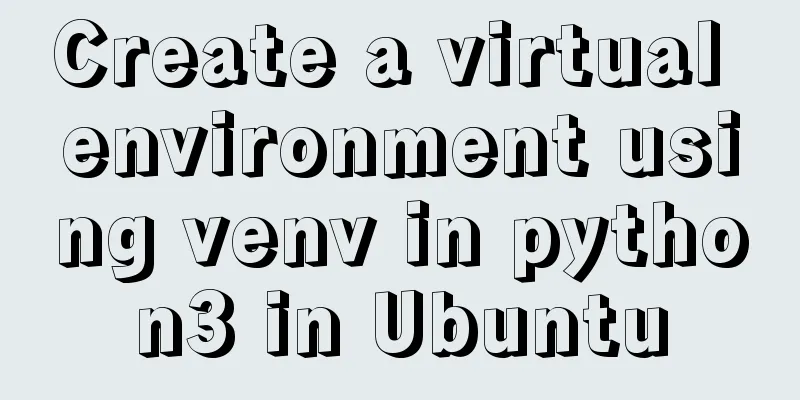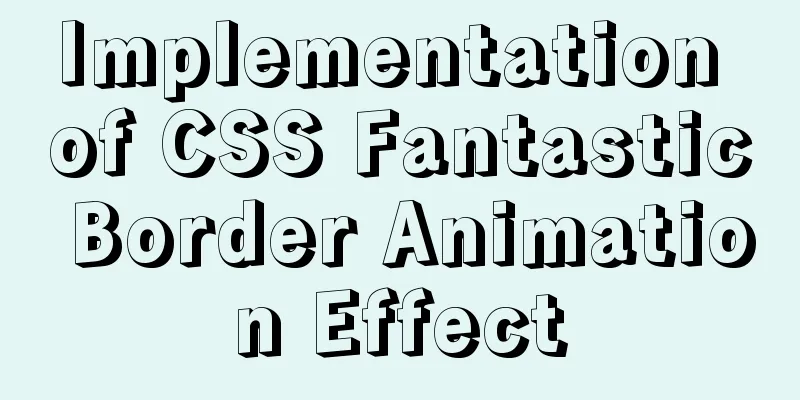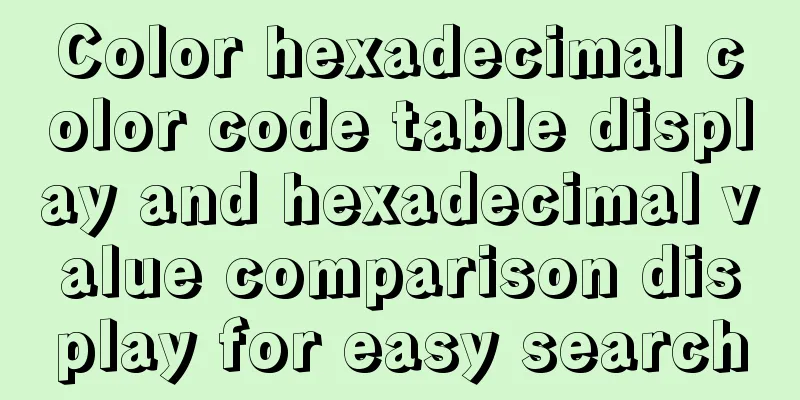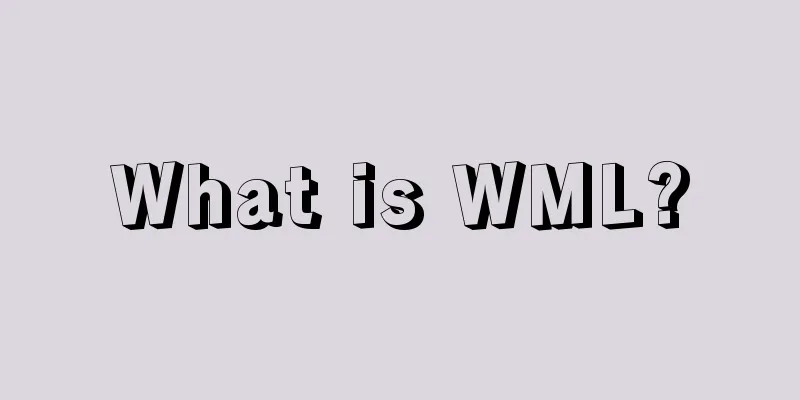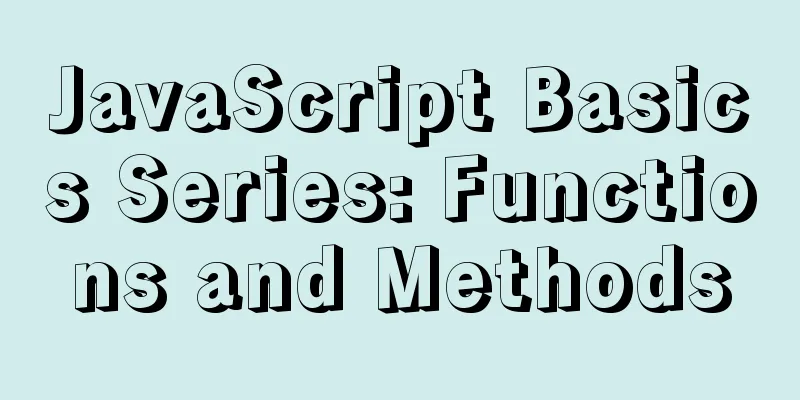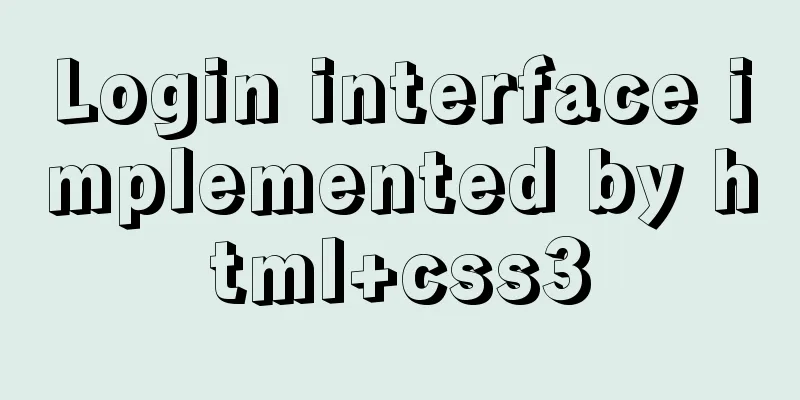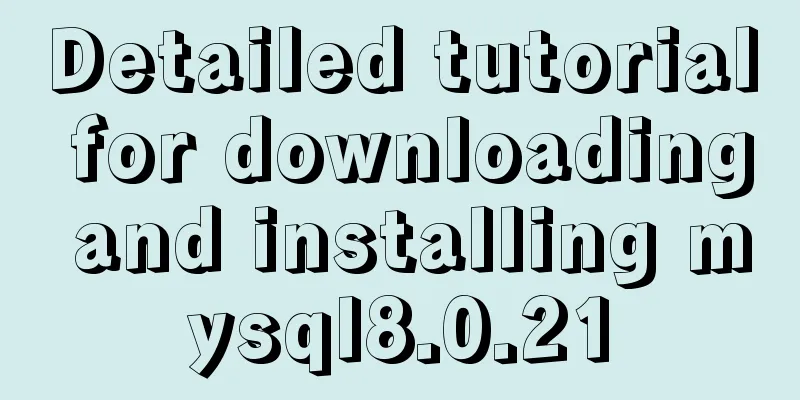HTML basic summary recommendation (title)

|
HTML: Title Heading is defined by tags such as <h1> - <h6>. <h1> defines the largest heading. <h6> defines the smallest heading. Tip: Browsers will automatically add blank lines before and after the title. h1 is used as the main heading (the most important), followed by h2 (the next most important), followed by h3, and so on. Tip: By default, HTML automatically adds an extra blank line before and after block-level elements, such as paragraphs and headings. The align attribute of <h1> - <h6> is deprecated in HTML4/5. Please use CSS instead. Title supports event attributes and global attributes Set title alignment: CSS syntax: <h1 style="text-align:right"> Method 1: XML/HTML CodeCopy content to clipboard
Method 2: XML/HTML CodeCopy content to clipboard
HTML: Horizontal Rule The <hr /> tag creates a horizontal rule in an HTML page. The hr element can be used to separate content. <p>This is a paragraph</p> <p>This is a paragraph</p>Tip: Using horizontal rules (<hr> tags) to separate sections in an article is one way (but not the only way). HTML5 does not support the <hr> align attribute. Please use CSS instead. The align attribute of the <hr> element is deprecated in HTML 4.01. The align attribute specifies the alignment of the horizontal line. Note: The align attribute has no effect unless the width attribute is set to less than 100%. CSS syntax (IE and Opera): <hr style="text-align:right"> CSS syntax (Firefox, Chrome, and Safari): <hr style="margin-right:0"> CSS syntax (cross-browser): <hr style="text-align:right;margin-right:0">
XML/HTML CodeCopy content to clipboard
HTML: Comments Comments can be inserted into HTML code to improve its readability and make the code easier to understand. Browsers ignore comments and do not display them. The comment reads: <!-- This is a comment --> Note: The two forward slashes (//) at the end of the command line are JavaScript comment symbols. This ensures that JavaScript does not execute within the --> tag. Besides their very obvious role in source documents, many Web servers also make use of comments to implement features specific to document server software. These servers can scan documents, find specific character sequences in traditional HTML/XHTML comments, and then take appropriate actions based on the commands embedded in the comments. These actions may be as simple as including text from other files (so-called server-inside includes), or as complex as executing other commands to dynamically generate the content of the document. The above HTML basic summary recommendation (title) is all the content that the editor shares with you. I hope it can give you a reference. I also hope that you will support 123WORDPRESS.COM. Original URL: http://www.cnblogs.com/sxtywjx/p/5665044.html |
<<: A detailed introduction to the netstat command in Linux
>>: CSS implements various loading effects with parsing process
Recommend
Detailed explanation of Linux environment variable configuration strategy
When customizing the installation of software, yo...
Docker deployment RabbitMQ container implementation process analysis
1. Pull the image First, execute the following co...
Detailed explanation of ssh password-free login configuration method (pictures and commands)
First, let me explain that what we want to do is ...
MySQL 5.7.30 Installation and Upgrade Issues Detailed Tutorial
wedge Because the MySQL version installed on the ...
Mysql example of querying all lower-level multi-level sub-departments based on a certain department ID
Simulation tables and data scripts Copy the follo...
Solution to the problem that Docker cannot stop or delete container services
Preface Today, a developer gave me feedback that ...
How to add fields and comments to a table in sql
1. Add fields: alter table table name ADD field n...
Learn javascript iterator
Table of contents Introduction What does an itera...
Method of iframe adaptation in web responsive layout
Problem <br />In responsive layout, we shou...
React+TypeScript project construction case explanation
React project building can be very simple, but if...
Solve the problem of ugly blue border after adding hyperlink to html image img
HTML img produces an ugly blue border after addin...
Summary of events that browsers can register
Html event list General Events: onClick HTML: Mous...
MySQL full-text search Chinese solution and example code
MySQL full text search Chinese solution Recently,...
A comprehensive summary of frequently used statements in MySQL (must read)
The knowledge points summarized below are all fre...
Comparison of the usage of EXISTS and IN in MySQL
1. Usage: (1) EXISTS usage select a.batchName,a.p...

